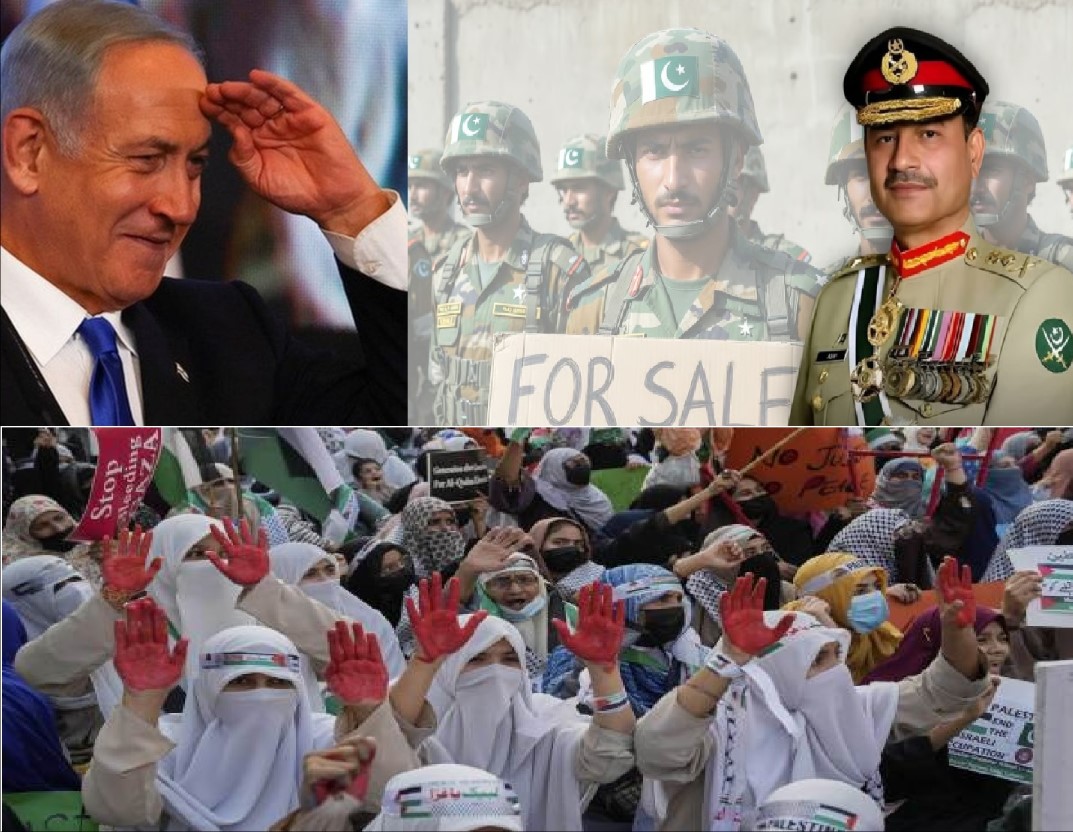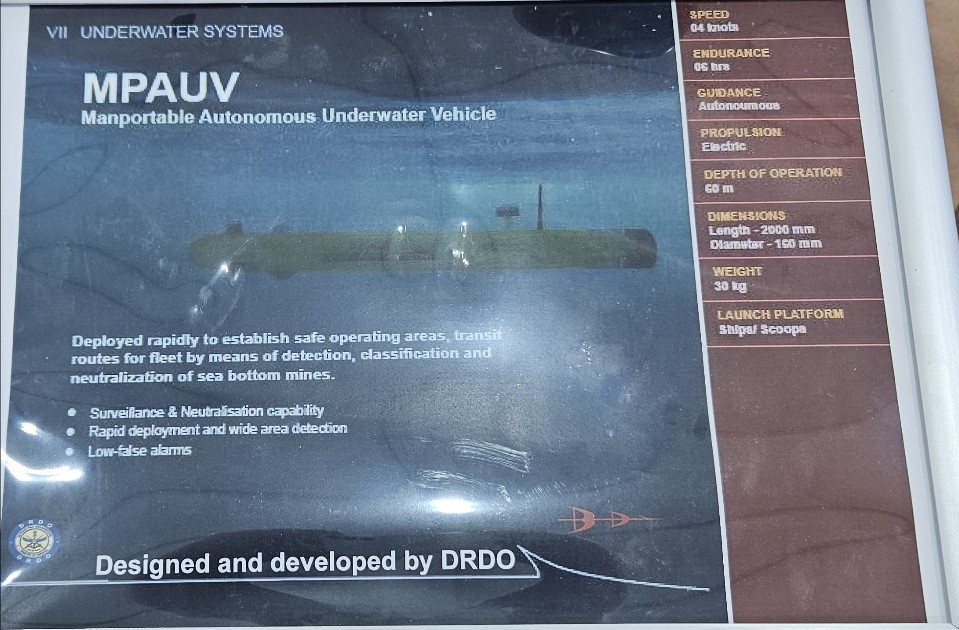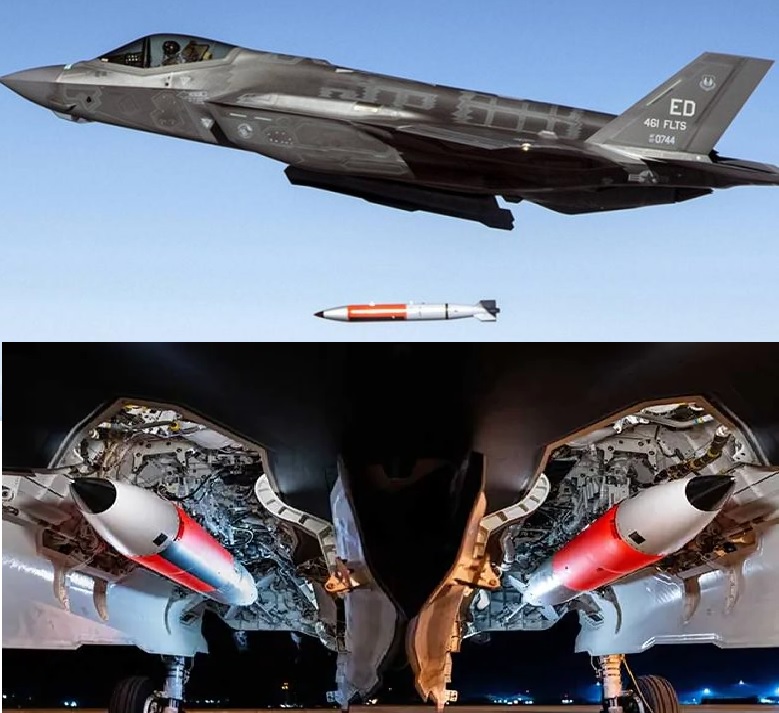Russia Su-57E with 2D TVC Nozzles at Dubai Airshow 2025, Will India Finally Get the Low-RCS Variant It Wants

Russia has unveiled the Su-57E export variant fitted with rectangular 2D thrust-vectoring nozzles, marking a major upgrade in its stealth, propulsion, and export configuration. The fighter’s debut at the Dubai Airshow 2025 — its first public appearance in the Middle East — has intensified speculation over whether India will be offered the low-RCS variant it has long demanded.
A New Nozzle Design Signals a Shift in Russia’s Export Strategy
Touching down at Dubai World Central in full export trim, the Su-57E immediately drew attention for its new rectangular 2D TVC nozzles, replacing the earlier circular 3D units. The redesigned nozzles significantly reduce radar cross-section, lower infrared signature, and improve stealth shaping at the aircraft’s rear — a known concern for foreign clients.
Russian officials privately acknowledge that the nozzle redesign was driven partly by export requirements, with India being one of the nations that insisted on improved rear-aspect signature management.
Aggressive Flight Displays Highlight Supermaneuverability
During daily demonstrations, test pilot Sergei Bogdan put the Su-57E through high-angle-of-attack turns, post-stall manoeuvres, rapid climbs, and controlled flat spins. The rectangular nozzles maintained the fighter’s hallmark supermaneuverability, showing refined low-speed control and high stability during post-stall flight.
Russia emphasized that the Su-57E provides a combination of stealth and agility, reflecting a design philosophy distinct from the F-35.
Stealth Features and Sensor Suite Underscore Multirole Capability
Officials from Rosoboronexport and Sukhoi highlighted the jet’s blended wing-body design, internal weapons bays, serpentine intake ducts, and radar-absorbent coatings, all contributing to its reduced observability.
The aircraft integrates the N036 Byelka AESA radar, advanced IRST, long-range datalinks, and a robust electronic warfare suite, enabling both air-superiority and precision-strike missions while operating in contested environments.
Russia Positions the Su-57E Against Global Competitors
Moscow is marketing the Su-57E as an alternative to the F-35, China’s J-20, and the developing KF-21. Unlike Western systems, Russia stresses sovereign use rights, weapons integration freedom, and the absence of political restrictions.
Despite this, analysts remain cautious about Russia’s production capacity, long-term sustainment, and supply chain resilience under sanctions. Russian officials confirmed that while current export units use the AL-41F1 engines, future batches are expected to receive the more advanced Izdeliye 30.
India’s Big Question: Will It Get the Low-RCS Su-57 Variant?
India’s objections during the now-paused FGFA programme focused on the rear-aspect RCS, engine signature, and the depth of available technology transfer. The introduction of rectangular 2D nozzles directly addresses one of India’s core demands.
With the AMCA program progressing, India may still seek an interim or complementary fifth-generation solution — and Russia’s upgraded Su-57E appears tailored to re-open that dialogue. Whether Moscow is willing to provide the exact low-observable configuration India wants remains an unresolved but significant question.
A Debut with Broader Geopolitical Implications
The Su-57E’s appearance in Dubai is more than a flight demonstration — it is a strategic signal. With the Middle East emerging as a competitive fighter marketplace, Russia aims to secure relevance despite sanctions and industrial strain.
The jet’s performance in desert conditions is being watched closely by potential buyers and Western analysts assessing Russia’s evolving fifth-generation capability.
The revamped Su-57E, equipped with rectangular 2D TVC nozzles, marks Russia’s strongest export push yet for a true stealth-capable fifth-generation fighter. As Moscow courts Gulf customers and eyes renewed interest from India, the question now is whether this enhanced low-RCS configuration will translate into real export orders — and whether New Delhi will reconsider its stance.
✍️ This article is written by the team of The Defense News.





